The main routes
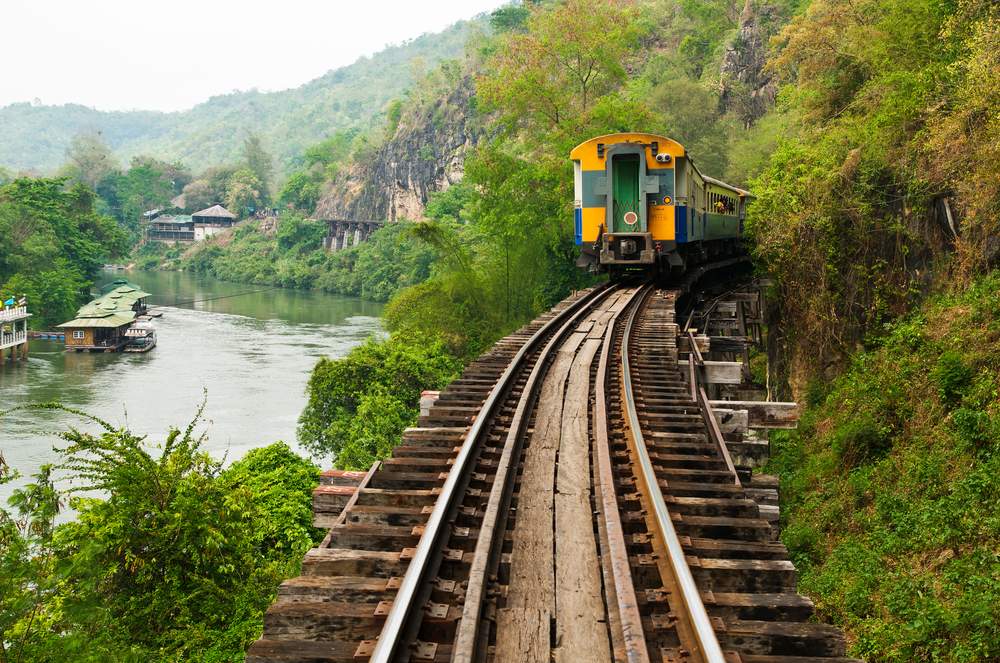
The main North-South rail artery stretching from Singapore through Malaysia and Thailand is fully operational. Moving eastwards, Vietnam has a great train network connecting Ho Chi Minh City to Hanoi and further north into China proper. Cambodia is currently renovating a link between Phnom Penh and Sihanoukville, and further extensions into Vietnam and Thailand’s easternmost railhead at Aranyaprathet have also been planned. Once such works will be completed, it will be possible to travel non-stop from Singapore to Beijing, and from there onwards into Europe using the Trans-Siberian line .
Myanmar has a functional -although extremely slow- train system connecting Yangoon to Mandalay and branching further north to Myitkyina and east and west to the tourist highlights of Bagan and Inlay Lake. You may still want to avoid Burmese railways, as they are controlled by the military junta who still has power in the country.
A bit removed from mainland Southeast Asia by the sea, Indonesia also boasts a good rail network in southern Sumatra and Java. You may travel from Jakarta to Surabaya and Yogyakarta, and then head to Bali by bus and ferry.
Tickets, carriages, and classes
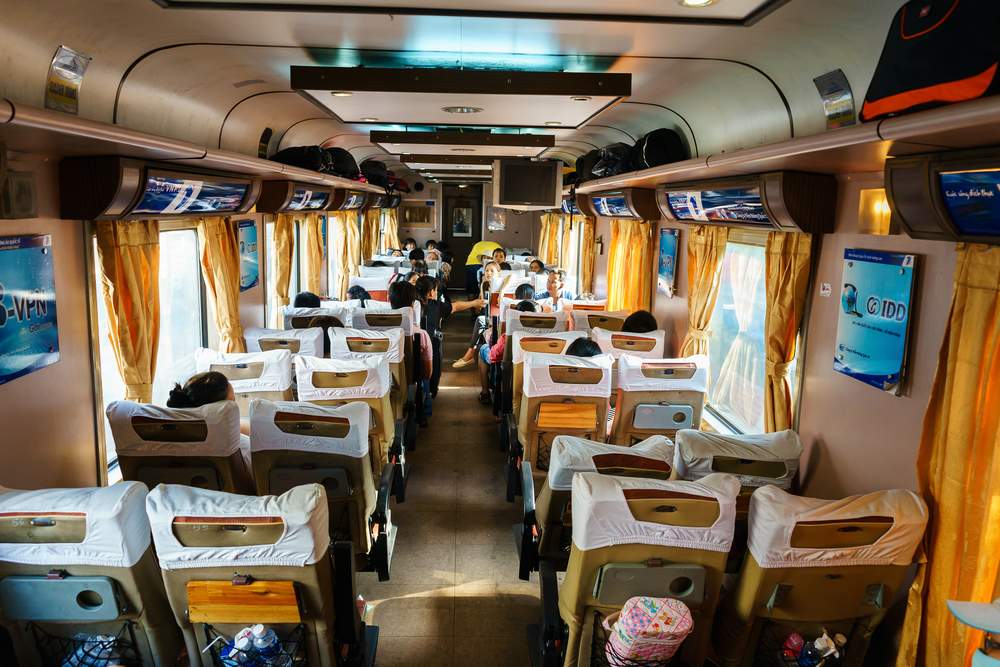
Thailand and Malaysia:
1st and 2nd classes reach the standards of most Western trains: clean, spacious, air-conditioned, and equipped with both western and squat toilets, they are the best choice for long overnight journeys. The popular 20 hour ride from Bangkok to Butterworth/Penang in Malaysia would cost you about $28USD. It’s a 600 mile journey in a comfortable berth provided with fresh linens, blankets, and pillows. At these prices, it is not really worth saving on a seat.
Vietnam:
You may prefer to sleep at the top, as lower bunks are used as daily seats by the other occupants. A top bunk in hard sleeper class covering 1000 miles between Hanoi and Saigon would cost you around $86USD– a more comfortable and safer alternative to the buses, which always drive at top speed up and down the only national coastal highway.
Myanmar:
There are also more comfortable sleeper services connecting Yangon to Mandalay by overnight train costing around $14 for a sleeper and $10 for a 1st class seat. But again, train travel in Myanmar brings the ethical implication of paying the country’s repressive regime … the choice is only yours.
Booking your tickets

Thailand and Malaysia:
Vietnam:
Unless you travel during Tet – Vietnamese New Year, between late January and February according to the lunar calendar , you won’t have problems in finding a ticket for the destination you want, even at short notice. A bit of flexibility in your berth or seating choice would be necessary.
You may also decide to use the services of a guesthouses or tour operator in Hanoi or Saigon. If you prefer to book online, though, you may do so at Vietnam Railways official website, but you will have to pick up your tickets once in the country. Be ready to provide an accommodation’s address or meet the seller at ultrabusy Hanoi and Saigon train stations. Alternatively, International Rail Australia in Melbourne is a reputable train-travel agent who may help you with bookings.
Myanmar:
Singapore:
Suggested itineraries
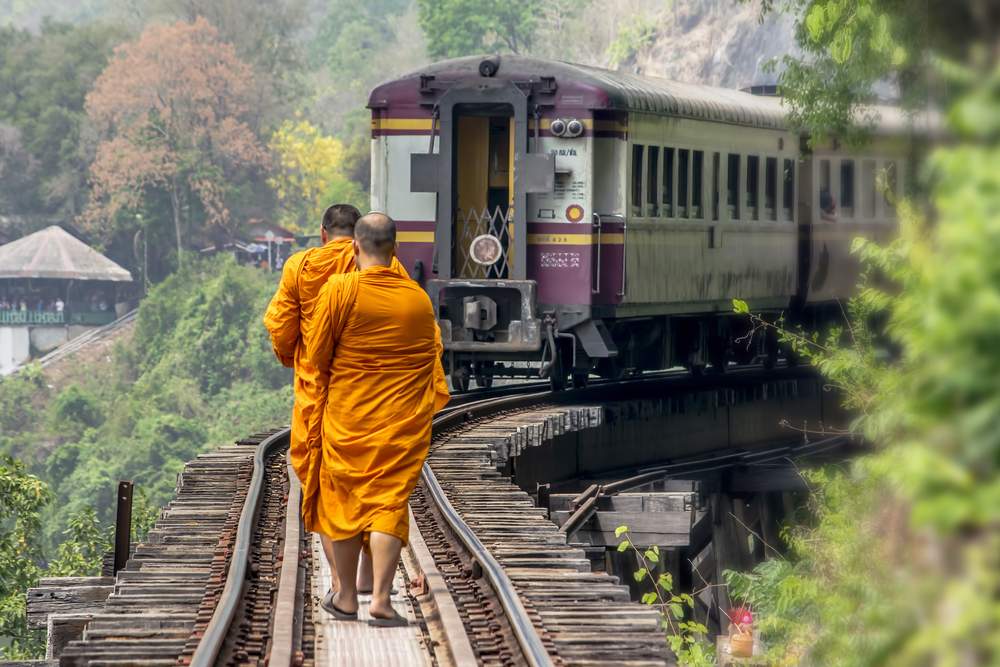
From Singapore
- Start off by taking a train to Kuala Lumpur.
- Then, travel north to Butterworth/Penang, or cut through the pristine forested interior of Malaysia via Gemas and Kota Bharu via the “Jungle Railway”.
- Continue to Thailand via Hat Yay.
- Then on to Bangkok as a single overnight trip, or stopping in the coastal towns or popular Thai islands along the way.
From Bangkok
- You may continue north by train to Vientiane in Laos and make your way by bus to Hanoi, Vietnam.
- Here you may take a southbound train to Saigon, stopping off en route in Hue, Hoi An and Nha Trang.
- Once in Saigon, take a bus (or boat from the Mekong area south of Saigon) across the border to Phnom Penh, Cambodia.
- From here, continue by bus or shared taxi to Thailand’s easternmost border at Aranyaprathet and get on the slow train to Bangkok for a final ride, completing a circular route from Bangkok.
- Alternatively, take an overnight train from Bangkok to Chiang Mai, or stop off along the route at Ayutthaya and Phitsanulok to visit the majestic ruins of Sukhothai. Once in Chiang Mai, get off the rails and start exploring the area by bus or rented motorbike.
Pros and cons of train travel in Southeast Asia
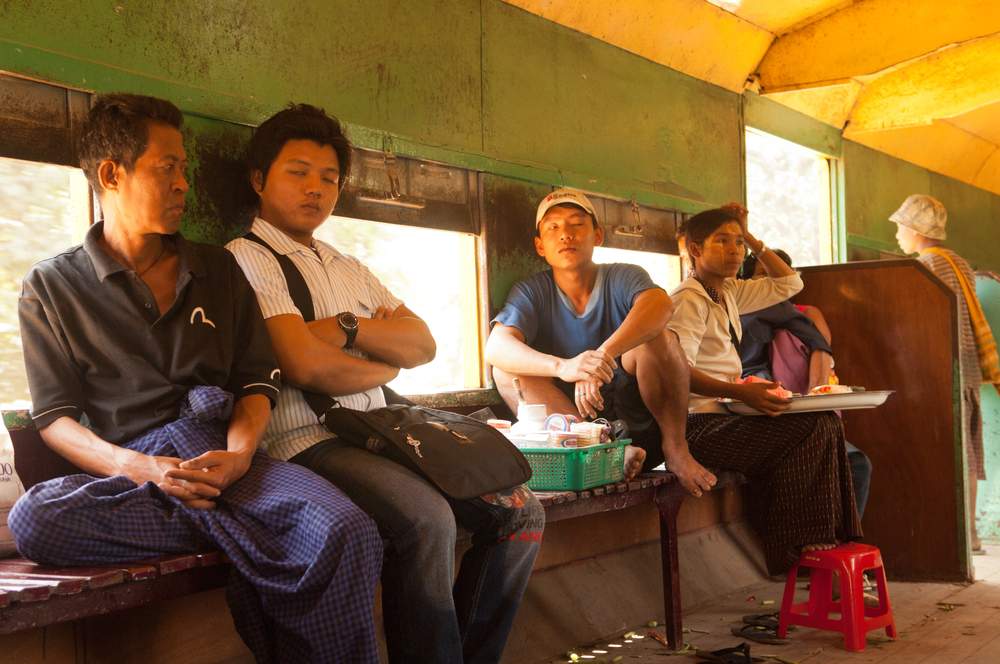
- For long journeys you will end up paying less than a combination of bus and night accommodation.
- You will arrive at your destination early enough in the morning to make the best out of your day.
- Keep in mind that train bunks are very comfortable and clean and can even be of a higher standard compared to the cheapest guesthouses.
- Long distance trains also have the restaurant carriage perk. These “dining clubs” can provide interesting encounters and party times as the train chugs over rails.
The main cons to train travel:
- Being bound to a time schedule, getting to the station half an hour before departure, and experiencing delays (which seem to happen more times than not).
- The necessity to pre-arrange your bookings in order to travel overnight may also be a nuisance for many.
- Too much planning may limit the time you spend in each place; however, remember that tickets can be canceled and refunded up to a few hours before your scheduled departure.
Safety tips and concerns
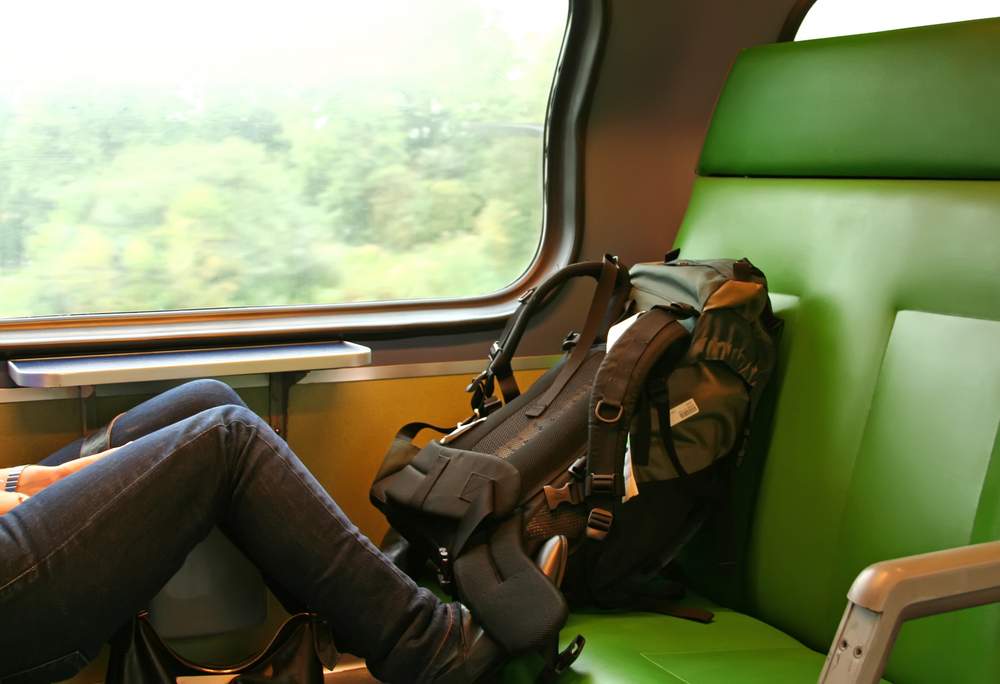
Advice and tips from my own experience
22 hours of relaxing rail apnea are a perfect time to unwind and indulge in some serious reading. Let the scenery unfold from the greyish Bangkok suburbs to coastal towns and endless rice paddies, culminating in the saw-toothed limestone karsts’ magic dotting northern Malaysia. By taking the bus, you will miss all of the above.
Arriving at Bangkok or Butterworth really gives a traveler that special sense of completion of a long journey. Plus, the train makes its way straight into Bangkok’s city center, avoiding the constant traffic jams on the way to the airport. To me, $34USD for this journey is an incredible price.
If you have time to soak in Southeast Asia’s slow pace of life, experiencing it by train is a great way to do it. Those iron tracks slung all the way to the horizon will help you make life-long, lasting, vivid memories of great human encounters.
For more information on train travel and traveling around Southeast Asia, check out the following articles and resources:
- Read our Southeast Asia Indie Travel Guide
- Read How to Plan an Extended Trip in Southeast Asia
- Read 12 Reasons Why Southeast Asia is the Best Place in the World for Backpackers
- Read Five Tips for Traveling in India by Train
- Read Touring China by Rail
- Read The Journey is the Reward: 7 Ways to Enjoy Long Train Rides

Photo credits: veeravich , Room212 , Kheng Guan Toh , Patrik Dietrich , Phong.Tran i, Waraphorn Aphai , Wasu Watcharadachaphong